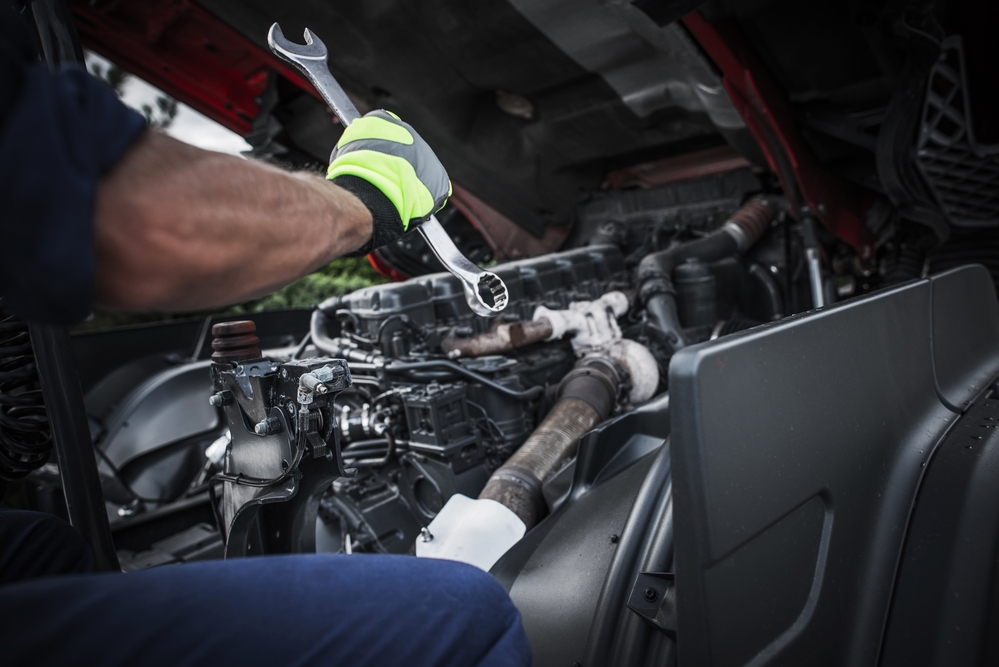Do you know drivers who rush through their pre-trip inspection? Who thinks the whole thing is unnecessary? A pre-trip inspection is critical because it allows drivers to catch any problems before heading out. This is an essential step that can prevent accidents, increase safety, and save time.
Pre-Trip Inspection
A pre-trip inspection is a thorough check of a truck and all its major systems. Inspecting your truck is required by law and should be completed before beginning a trip. As long as you don’t come across any issues, a typical inspection should only take a few minutes. Before hitting the road, you must log the inspection in your logbook. If you neglect to do so, the consequences could be serious. To ensure that you know what you should be looking for during your pre-trip inspection, here is a short checklist:
- Lights Check
- Inspect all of your lights and reflectors on both the tractor and trailer. Make sure that the lights are clean and that none of them are burned out or broken. Take a walk around the truck to make sure they’re all working. Check out the front, rear, and both sides. Additionally, ensure all signals are functioning as should be – turn signs, flashers, high/low beams, and brake lights.
- In-Cab Inspection
- The in-cab inspection covers the gauges and controls found inside the cab as well as the air brakes. You’ll check things like the seat belt, oil pressure, water temperature, air pressure, horns, windshields, mirrors, heat/AC, light signals, and brakes. Additionally, make sure you know where your emergency equipment is should you need to reach it quickly.
- Brakes
- Check all braking systems including the parking brakes, service brakes, and air breaks. Test to make sure they don’t lose pressure or leak air.
- Engine Compartment
- When looking under the hood, you’ll want to check that each component is properly mounted and secured. In particular, you’ll be inspecting things like the engine, alternator, water pump, power steering pump, and air compressor. All fluid levels, like engine oil or coolant, should be double-checked as well. Verify that none of the belts or hoses are cracked, bent, or leaking. Lastly, check the tires and rims to ensure that they are properly inflated and not leaking.
- Walk-Around Inspection
- Inspect the exterior of the truck, staring at the front left. As you work you’re way around the truck check things like mirrors, doors, fuel tanks, batteries, structural systems, exhaust systems, and coupling systems. Check the trailer to ensure that it is intact from the headboard down and that the load is secured properly. Nothing should be cracked, bent, or broken.
The inspection doesn’t end there. Test out your truck by backing up, moving forward, and using your trailer brake. If everything feels right, you can be on your way.
When you finish your trip, a post-inspection is just as important as a pre-inspection. Any issues you find should be addressed as soon as possible.
Closing Thoughts
Don’t brush off your pre-trip inspection, use your time wisely. After all, time is of the essence for truck drivers. Every moment counts. Not only will regularly doing your pre-trip inspections save you from accidents, but it will also save you time. For a more in-depth pre-trip inspection guide, watch NE DMV’s CDL Class A Tractor-Trailer Vehicle Inspection video in full.
At Liquid Trucking, we stress the importance of safety and pre-trip inspections to our drivers. Your load is in good hands with Liquid Trucking at the wheel. To get a quote, please call 844-GO-Tanks or visit our website.
Source: Nebraska Department of Motor Vehicles, Pre-Trip Vehicle Inspection
